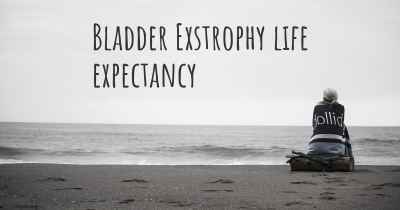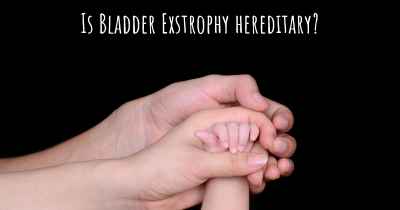What are the best treatments for Bladder Exstrophy?
See the best treatments for Bladder Exstrophy here

Treatments for Bladder Exstrophy
Bladder exstrophy is a rare congenital condition where the bladder is located outside the body. It occurs due to a developmental abnormality during fetal development. This condition requires specialized medical care and treatment to ensure the best possible outcomes for the affected individual. The treatment approach for bladder exstrophy typically involves a combination of surgical interventions, ongoing medical management, and supportive care.
Surgical Interventions
Surgery plays a crucial role in the treatment of bladder exstrophy. The primary goal of surgical intervention is to reconstruct the bladder and associated structures, bringing them back into the body and restoring normal function. The specific surgical procedures may vary depending on the severity of the condition and individual patient factors.
Primary Closure: In some cases, primary closure may be performed shortly after birth. This involves bringing the bladder and abdominal wall together and closing the defect. However, this approach is typically reserved for less severe cases.
Bladder Neck Reconstruction: Bladder neck reconstruction is often necessary to improve bladder function and prevent urinary incontinence. This procedure involves creating a valve mechanism at the bladder neck to enhance urinary control.
Ostomy Creation: In more complex cases, an ostomy may be created to divert urine away from the bladder during the initial stages of treatment. This allows the bladder and associated structures to heal before further reconstructive surgeries are performed.
Bladder Augmentation: Bladder augmentation is sometimes required to increase the capacity of the reconstructed bladder. This procedure involves using a segment of the patient's intestine to enlarge the bladder, allowing it to hold more urine.
Genital Reconstruction: In addition to bladder reconstruction, surgical interventions may also be necessary to address any associated genital abnormalities. This may involve procedures to correct penile or vaginal malformations.
Ongoing Medical Management
Medical management is an essential component of the overall treatment plan for bladder exstrophy. It involves regular follow-up visits with a multidisciplinary team of healthcare professionals, including urologists, pediatric surgeons, and nurses specializing in bladder exstrophy care.
Urinary Tract Infection Prevention: Individuals with bladder exstrophy are at an increased risk of urinary tract infections (UTIs). Preventive measures, such as regular urine cultures, prophylactic antibiotics, and proper hygiene practices, are crucial to minimize the risk of UTIs.
Continence Management: Achieving continence (the ability to control urine) is a primary goal of treatment. Continence management strategies may include timed voiding, bladder training, and the use of medications to improve bladder function.
Long-Term Follow-Up: Regular long-term follow-up is necessary to monitor the progress of bladder function, assess any potential complications, and make adjustments to the treatment plan as needed.
Supportive Care
Bladder exstrophy can have a significant impact on the physical and emotional well-being of the affected individual and their family. Supportive care is essential to address these aspects of the condition and promote overall quality of life.
Psychological Support: The emotional impact of bladder exstrophy can be challenging for both the affected individual and their family. Access to psychological support services can help individuals cope with the condition and its associated challenges.
Support Groups: Connecting with other individuals and families affected by bladder exstrophy through support groups can provide a valuable source of encouragement, shared experiences, and practical advice.
Education and Advocacy: Raising awareness about bladder exstrophy and advocating for the needs of affected individuals can help improve understanding, access to resources, and support within the community.
Physical Therapy: Physical therapy may be recommended to address any musculoskeletal issues that can arise due to the condition. It can help improve mobility, strength, and overall physical well-being.
Continued Monitoring: Regular monitoring of the condition and its impact on the individual's overall health is crucial. This may involve periodic assessments by a multidisciplinary team to ensure ongoing support and intervention as needed.
In conclusion, bladder exstrophy requires a comprehensive treatment approach involving surgical interventions, ongoing medical management, and supportive care. The primary goal is to reconstruct the bladder and associated structures, restore normal function, and promote the overall well-being of the affected individual. With timely and appropriate treatment, individuals with bladder exstrophy can lead fulfilling lives.
Posted Oct 11, 2017 by Giovanni 3050
Posted Jul 13, 2017 by Lorena 1850








